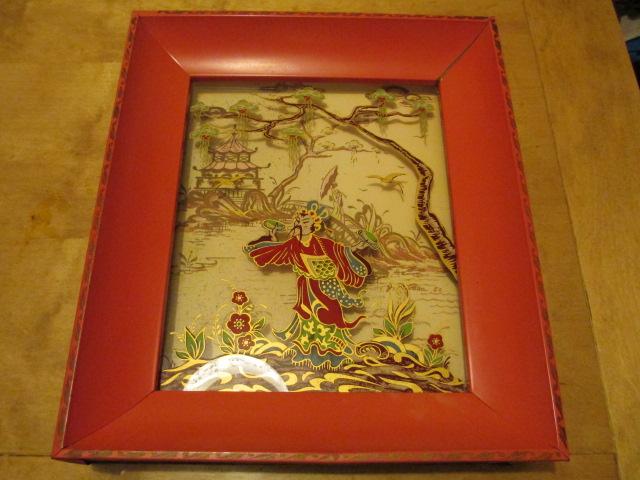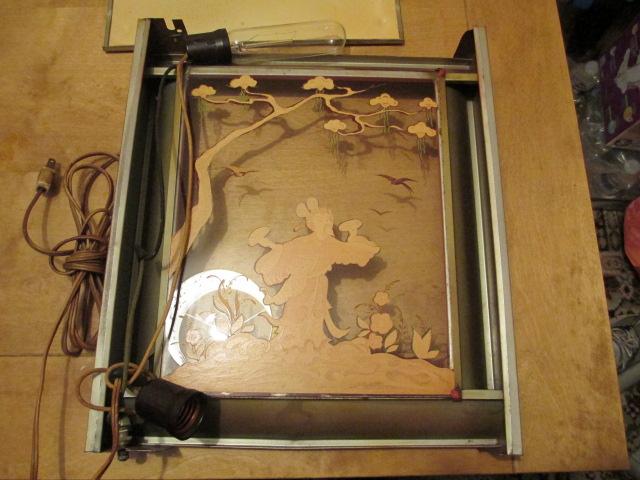I also thought it meant the circuit was to be rewired as OP mentions ceiling light protected by 6A mcb.
Why, then, is he asking about rewiring an American light with American wire?
Why, then, is he asking about rewiring an American light with American wire?



